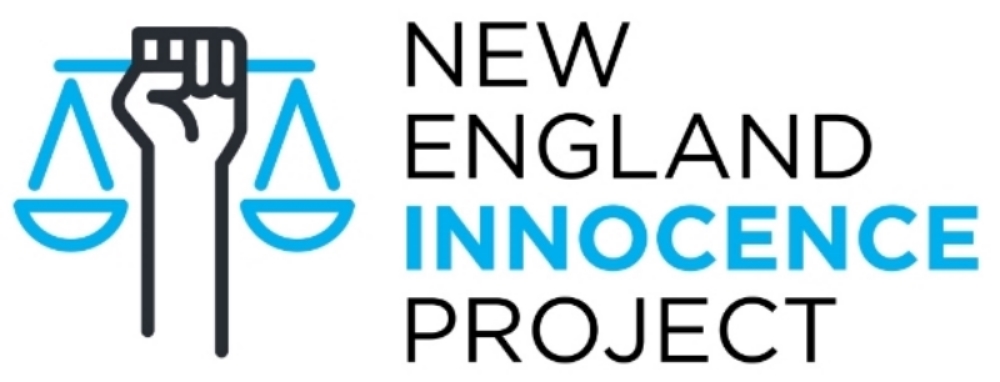June 11th, 2009
The United States District Court for the Middle District of Alabama released an opinion on the 26th of May regarding their recent decision to admit expert testimony on the flaws of eyewitness identification. On June 22, 2007, Andreas Smith was arrested by the Montgomery Police and charged with the armed robbery of a local bank. The primary case against Smith was based on the eyewitness reports of two individuals at the scene of the crime who claimed they could identify him as the perpetrator. To counter these claims, the defense moved for the admission of psychologist Solomon Fulero as an expert witness on the reliability of eyewitness testimony. In a change from general practice, the District Court admitted Fulero’s testimony with the stipulation that it not evaluate the particular witnesses involved in the case and only provide a survey of the pertinent scientific research in this field.
The court’s subsequent opinion, issued by Judge Myron Thompson, lays the precedential groundwork for the future admissibility of expert testimony on a type of evidence that has been historically held by jurors as an extremely persuasive and reliable source of information. Beginning with the statistical observation that, “by some estimates, roughly 84% of convicts who have been exonerated by DNA testing were convicted on the basis of mistaken eyewitness testimony,” Thompson outlines the problems with eyewitness identification and the extent to which its reliability is overestimated by lay jurors. From this statistical examination, he presents some relevant superior court law that establishes the groundwork for admitting expert testimony. While no superior court decision has directly admitted this particular testimony, in Daubert v. Merrell Dow Pharms., Inc. the Supreme Court held that admissibility of expert testimony must be based “solely on principles and methodology, not on the conclusions that they generate” and that testimony could not be categorically rejected because of its subject matter. Thompson argues that the widespread academic acceptance of psychological studies on identification and, in particular, Fulero’s position at the cutting edge of this field satisfies the requirements for the first two prongs of the test. The relevant test established by this decision was whether “(1) the testimony is based upon sufficient facts or data, (2) the testimony is the product of reliable principles and methods, and (3) the witness has applied the principles and methods reliably to the facts of the case.” He resolves issues with the third prong and a related government challenge on the grounds that expert testimony intrudes upon and confuses the role of the juror in establishing witness credibility by restricting admittance of testimony only in particular cases and disallowing a specific evaluation of the witnesses at hand. These arguments provide a framework for future testimony on eyewitness identification as a scientific matter and opens the gate for a fundamental readjustment in how juries evaluate human identification.
While this decision marks a relatively new development in the legal recognition of the scientific work being done on witness identification, the issue has been widely addressed and tested within the academic community and law enforcement community. In a 1999 guide, the Department of Justice commented, “Research psychologists have produced a substantial body of findings regarding eyewitness evidence. These findings offer the legal system a valuable body of empirical knowledge in the area of eyewitness evidence.” In the particular context of Andreas Smith’s trial, Dr. Fulero’s testimony focused on the unreliability of cross-racial identification and extreme confidence and the impact of trauma and post event discussions on the process of identification. Statistically, Caucasians have a tendency to misidentify minorities, particularly African Americans. This tendency towards misidentification is compounded by an accompanied traumatic experience and subsequent post event discussions which may cause changes in descriptions or false memories as witnesses attempt to reconcile their experiences. Additionally, once an identification has been made, individuals have a tendency to justify and reinforce that decision by displaying high levels of confidence regardless of the actual reliability of their information. Dr. Fulero presented this information at an abstract level for jurors “leaving the trier of fact to apply them to the facts.” This is a potentially effective way to inform jurors of the flaws in eyewitness identification without usurping their authority to make contextual judgments on witness reliability. Hopefully this will lay the groundwork for future expert testimony which will reduce the incidence of false identification leading to wrongful convictions.
